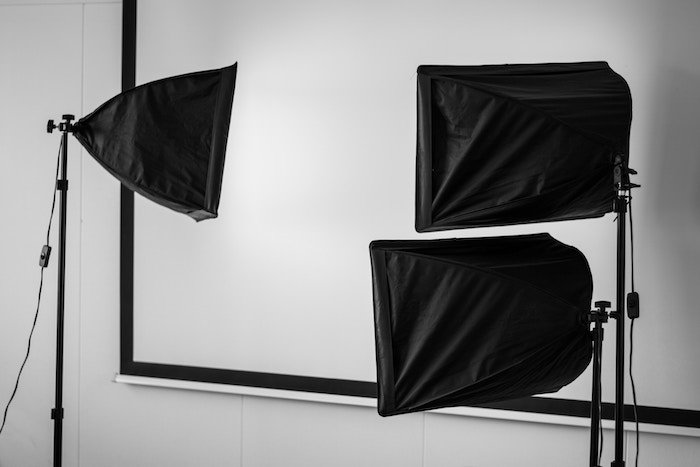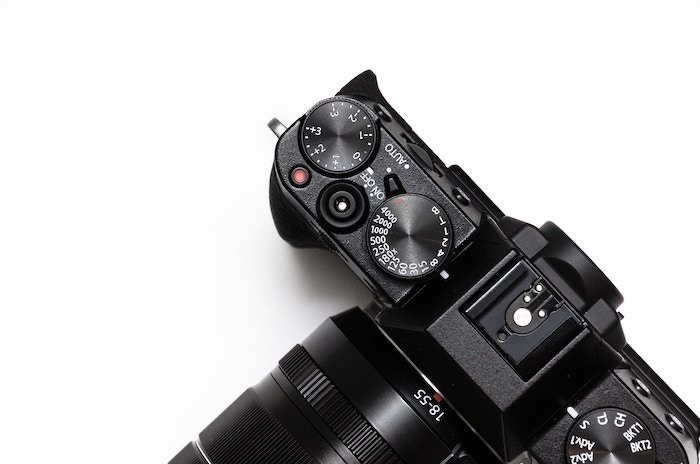If you work with commercial or editorial clients, you’ll need to have a photo licensing agreement in place. This should state the parameters around how the image can be used. Read on to find out more about photo licensing agreements and why you need one.
Why You Need a Photo Licensing Agreement
Image usage can be a confusing area even for experienced photographers. There is no exact standard on how much you should charge for someone to use your image to promote their business. But you must charge something. Photographs used for commercial purposes communicate a brand message. This can help make companies a lot of money. Photographers must uphold the image licensing model to make enough money to succeed in their businesses. Many new photographers don’t charge for usage, or they include it in their creative fee. Without proper usage charges, it becomes difficult to pay for overhead and make a profit. All the while allowing organizations to increase their profits. The charge for image licensing will depend on several factors. These include whether the image will be used in print or online, how many people will come in contact with it, and how long it will be used. The more potential consumers are exposed to a photograph, the more valuable it’s considered to the client. A photo licensing agreement grants specific usage rights to the client or collaborator. The image may only use the image within the bounds of this agreement. The licensing agreement is a separate document. You still need a contract in which you outline the deliverables. You also need a licensing agreement if a brand or organization comes across one of your images on the Internet and wants to use it in their marketing. Under most copyright laws, photography is protected as an artwork. You’re usually not selling your image or giving up your copyright. Unless you choose to do so but that should come at a very high cost. Instead, you allow someone to use the images for a specific purpose and time frame. The whole stock photography industry is based on this business model.
Educating the Client
As with other types of contracts, a licensing agreement protects you as the creator of an image. It is also useful to avoid any misunderstandings with your photography clients. These can lead to bad feelings or even legal hassles. Clients can sometimes feel like their expectations haven’t been met. Having these expectations in writing helps keep everyone happy. Unless a client has worked with photographers before, they may not understand the concept of usage. Or why they need a licensing agreement in place. They think that they “own” the images and can use them in whatever way suits them. They don’t realize that this goes against copyright. In this case, the client will need your help in understanding the transaction. Ad agencies receive push back on usage from clients all the time. They regularly have to defend a photographer’s right to charge for usage.
Clients often want image exclusivity. This ensures that images created for their brand don’t appear elsewhere. Or worse–are used by their competitors. Providing exclusivity keeps you from earning more income from your images. You can’t license it to other third parties, or through stock photography. The client should pay a premium for this exclusivity. This is one reason why usage rates can go very high. It depends on the client and their visibility in the marketplace.
What Should Appear in the Photo Licensing Agreement?
There are some things you should consider when writing up a photo licensing agreement. These include the end use of the image and the visibility of the brand using it. Licensing an image to high-profile businesses should have a different price and terms than licensing it to the independent cafe down the street. The wider the audience for the image, the more the image is worth to the brand. One example of how the details of a licensing agreement can become critical is when you’re dealing with a start-up or a growing small business. If you provide licensing for several years or in perpetuity (basically, forever), what happens if that business takes off and gains extensive exposure? Your image will become worth a lot more. But you’ll earn a very limited amount if you’ve given perpetual usage away. I don’t recommend granting unlimited use for an image. A brand can use it across every conceivable platform – in advertising, on billboards and for product licensing. When faced with a client who has good prospects to grow, keep your licensing period shorter. Track when it expires via a spreadsheet. The user agreement should specify whether the license is exclusive or non-exclusive. It should also describe its intended use. Be very specific about how they can use your images. More and more clients are asking for “universal and unlimited rights”. If this is the case, they should be prepared to pay well for it. Specify the time frame in which the licensee can use the image. They can choose to use it for a period longer than the frame but it will mean extra paying an extra fee. Do not provide the client with a licensing agreement until the images have been paid for in full. Let your clients know about this policy in advance. Also, state on your invoice that the images cannot be used publicly until you have received payment in full. This will ensure that you get paid before the client starts benefiting from your work.
Conclusion
You should expect payment for your photography. This is important when negotiating with clients and for image licensing. Image licensing has been around since the early days of photography. With film, the photographer retained the negatives and the client had to pay for prints. The physical control of photographs has now been lost, but copyright laws remain the same. You must keep control of how your images are used and how you profit from them. Make sure that you have a licensing agreement in place for every shoot you do for a client. It can save you money and potential hassles down the line.






